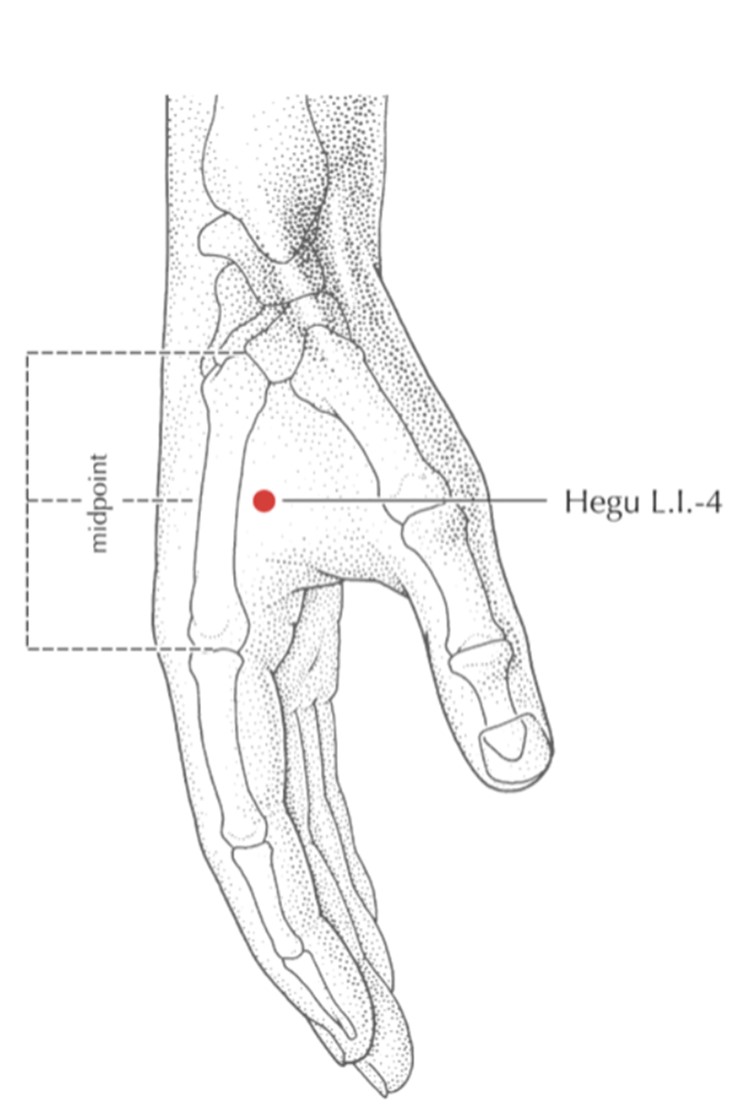
A 14-year-old female softball player presents to your musculoskeletal clinic with 1 week of severe unilateral shoulder pain. She denies any recent trauma to the area. History was unremarkable except for a recent COVID-19 infection approximately 2 weeks ago, during which she was minimally symptomatic. Physical examination includes a positive Hawkins-Kennedy, Neer, Speeds, and Yergason tests. Strength is perceived as 5/5 in all muscles tested, but limited somewhat by effort and pain. Sensation was normal in C5-T1 dermatomes bilaterally. X-rays did not reveal any underlying pathology. She was subsequently referred to physical therapy.
The next week, you receive a call from the PT. She reports the patient now has no pain, which makes you feel like you have successfully treated the patient. However, she has developed significant weakness on the affected side. During therapy, she had no active abduction or external rotation of the shoulder (0/5). She also had significant weakness with elbow flexion (2/5) and extension (4/5). She is also reporting some generalized sensory changes of the arm.
What is the most likely diagnosis?
Correct!
Wrong!
Question of the Month - February 2022



 Virtual reality-based guided relaxation (VR-GR) used as a non-pharmacological intervention in children and adolescents with acute postoperative pain has been shown in a pilot study to be associated with a decrease in which of the following parameters:
Virtual reality-based guided relaxation (VR-GR) used as a non-pharmacological intervention in children and adolescents with acute postoperative pain has been shown in a pilot study to be associated with a decrease in which of the following parameters: There is a strong evidence base for the association between sleep and pain. Researchers have grappled with the direction of causality—can sleep disturbance increase pain? Prospective studies have found evidence for sleep disturbance preceding pain exacerbations in individuals with chronic pain. Studies suggest that as little as _____ of sleep disturbance can result in increased pain.
There is a strong evidence base for the association between sleep and pain. Researchers have grappled with the direction of causality—can sleep disturbance increase pain? Prospective studies have found evidence for sleep disturbance preceding pain exacerbations in individuals with chronic pain. Studies suggest that as little as _____ of sleep disturbance can result in increased pain.  SPPM 13th Annual Meeting
SPPM 13th Annual Meeting